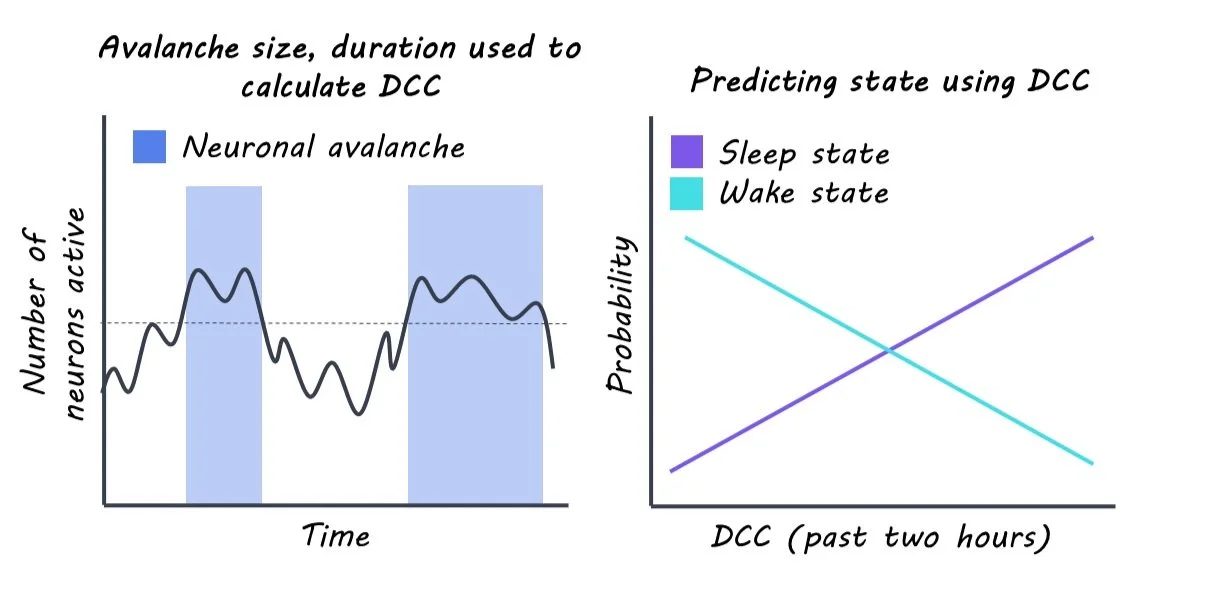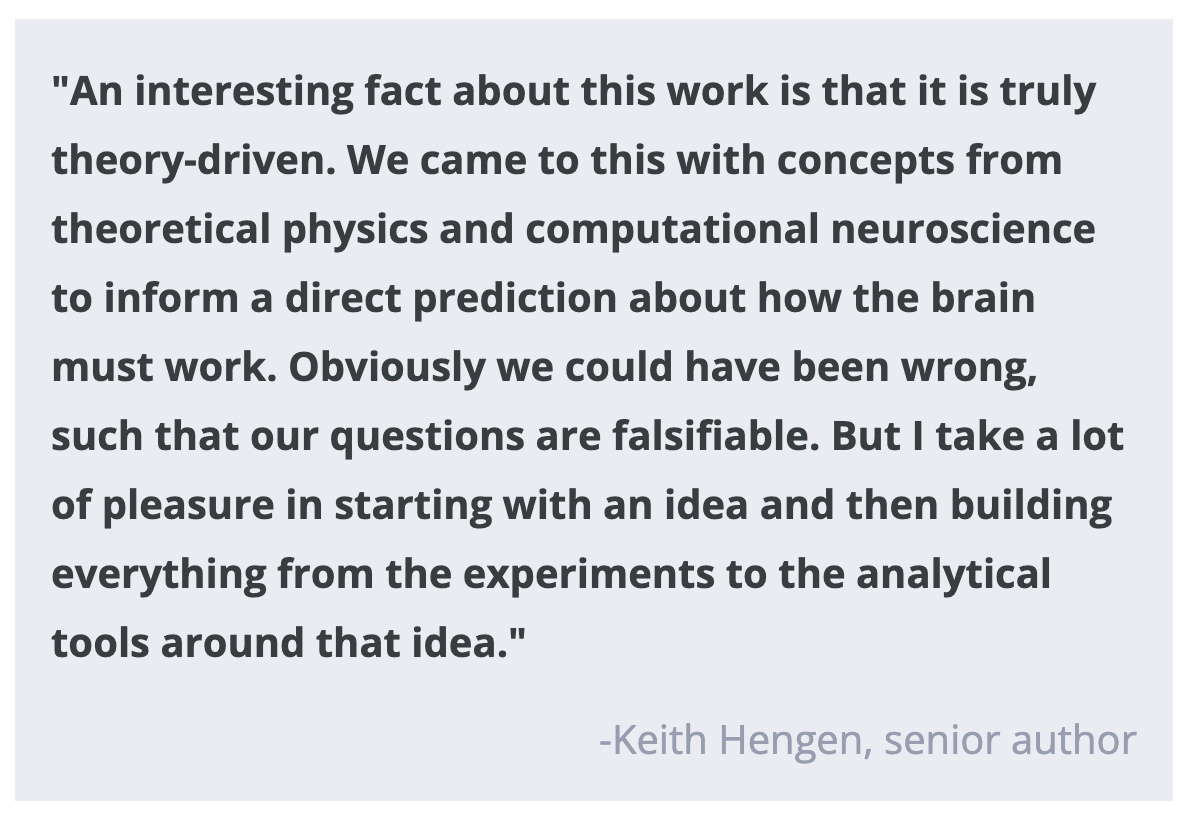How Does the Endocannabinoid System Reduce Chronic Pain Following Injury?
Post by Lani Cupo
The takeaway
Neuropathic pain can result from an injury or disease, and has been related to disruptions in circadian rhythms. Evidence suggests a novel link between circadian rhythms, the endocannabinoid system, and neuropathic pain.
What's the science?
Prior evidence suggests disruption to circadian rhythms can increase sensitivity to neuropathic pain, however, the role of the underlying genes and proteins that control the circadian rhythms (clock genes) is still poorly understood. This week in PNAS Nexus, Yamakawa and colleagues use mouse models to investigate the role of the clock genes in the development of neuropathic pain, finding a previously undocumented role of the clock genes in neuropathic pain and a link with the endocannabinoid system.
How did they do it?
The authors performed a set of experiments in mouse models to investigate the role of a specific protein known as period2 (Per2 - integral in regulating circadian rhythms) in the development of neuropathic pain. To induce neuropathic pain in the mice, the authors used a well-established model involving the ligation (or clamping) of part of the sciatic nerve in the hind limb of an animal, producing chronic pain that can be measured with tests for pain sensitivity. First, the authors performed the operation in control mice as well as those lacking the protein Per2 and examined whether mice without Per2 still developed hypersensitivity to pain. Additionally, they examined the quantity and form of glial cells following the injury.
To examine what receptors were involved in neuropathic pain, the authors injected a series of compounds that blocked specific receptors in turn and examined the pain response; if the pain response was absent when a certain receptor was blocked, they would know it was key in hypersensitivity to pain. Next, the authors sought compounds whose production was controlled by binding the identified receptors, as well as cells that produced these compounds. Finally, they examined whether increasing expression of these receptors in mice with functioning Per2 protein reduces the neuropathic pain response.
What did they find?
First, the authors were surprised to find that in mice without Per2, there was no evidence of hypersensitivity to pain. They had expected that the Per2 protein was involved in fluctuations of pain sensitivity over the day, however, their results indicate Per2 is actually involved in the development of pain sensitization in general. While pain hypersensitivity was absent in mice lacking Per2, the authors observed alterations in glial cells in mice both with and without Per2, suggesting the lack of Per2 did not prevent changes in this molecular mechanism.
Next, the authors identified a specific type of adrenergic receptor (α1-AR) involved in the lack of pain hypersensitization in mice without Per2. This receptor is part of a superfamily (G-protein coupled receptors) that, when activated, act as messengers by producing other compounds in a cell. In this case, the authors found that in mice without Per2, an endocannabinoid, 2-AG, was increased, with its production modulated by activation of α1-AR. Specifically, they found Per2 alters the expression of these receptors and the levels of 2-AG produced by astrocytes in the spinal cord. So, in summary, disrupting circadian rhythms by altering the protein Per2 altered a specific receptor in astrocytes which changes the expression of an endocannabinoid, 2-AG, and reduces pain hypersensitivity.
What's the impact?
This study describes a new role of the circadian clock proteins and the endocannabinoid system in the development of neuropathic pain. The results increase the understanding of how disruptions in sleep cycles may impact neuropathic pain and may, in time, lead to new forms of treatment.




